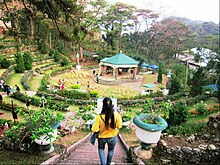Last Updated on: 1st December 2019, 07:37 pm
CAMP JOHN HAY, BAGUIO CITY, PHILIPPINES
Camp John Hay is a mixed-used development which serves as a tourist destination and forest watershed reservation in Baguio, Philippines which was formerly a military base of the United States Armed Forces.
History
The United States 48th Infantry Unit under Captain Robert Rudd established Hill Station in the current site of Camp John Hay in 1900 during the Philippine-American war. The site is referred to the locals, the Ibalois as “Kafagway” and is owned by Ibaloi leader, Mateo Cariño. 213 hectares (530 acres) of the land was then designated as “Camp John Hay”, a military reservation for American soldiers, in October 1903 when US President Theodore Roosevelt signed a presidential order. American military personnel were given a place to refuge from the relative hotter temperature of the lowlands.[1]
In December 1941, Japanese warplanes dropped 72 bombs over the main gate of the camp during the onset of World War II in the Philippines. Camp John Hay served as an internment camp of the Imperial Japanese forces as well as the headquarters of General Tomoyuki Yamashita during the Japanese occupation period. When the Japanese forces in the archipelago capitulated, Yamashita surrendered to the Allied forces at Camp John Hay, specifically at the High Commissioner‘s residence which was later renamed as the Ambassador’s Residence.[1]
After the war, Camp John Hay was converted into John Hay Air Base in 1955 and remained under the control of the Americans until it was officially turned over the Philippine government in 1991. The former military installation was made into a human resource development hub, and forest watershed reservation. The site became a tourist attraction.[1]
Features
Historic buildings and structures
The Bell House, a historic structure named after Major General Franklin Bell is situated at the camp’s Historical Core. Besides the house is the Bell Amphitheater which was designed by Bell himself.[2]
Gardens
Camp John Hay’s history is featured through markers installed at the History Trail and Secret Garden.[2] The Cemetery of Negativism nearby or the Lost Cemetery is a small area within Camp John Hay. The “cemetery” established by then-commanding general of the John Hay Air Station, John Hightower in the early 1980s.[3] It serves a symbolic burial site for negativism. The Amphiteather near Bell House also hosts a gazebo which is encircled by a multi-terraced flower garden.[2]
Others
Manor Hotel and Forest Lodge are the two hotels operated by the management of Camp John Hay and are situated within the area.[2]

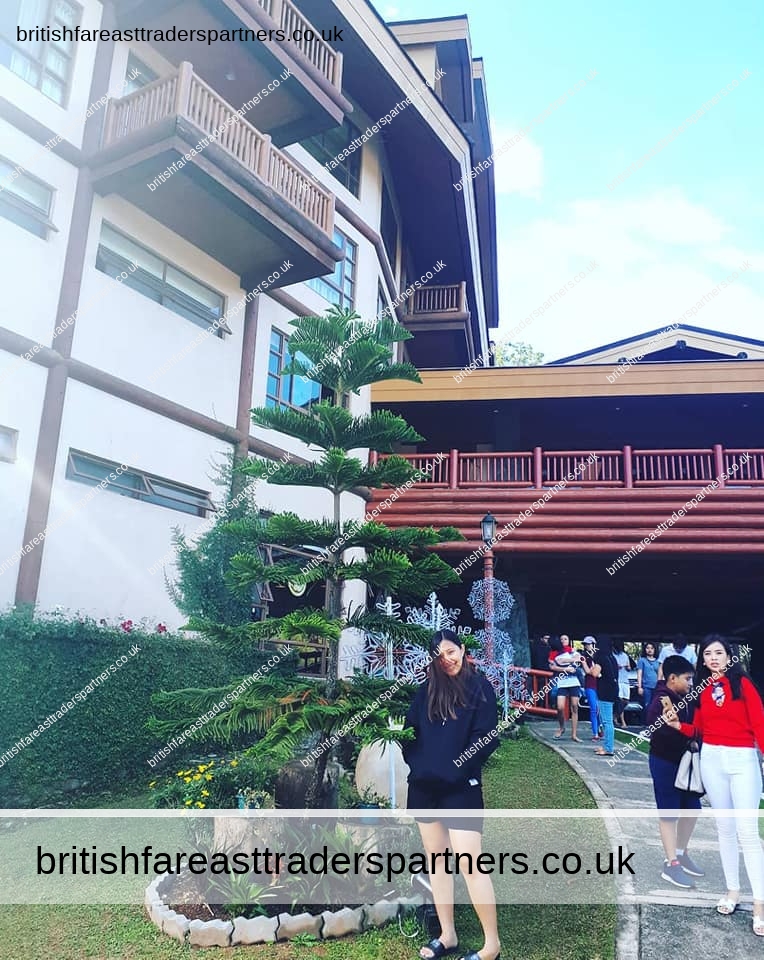
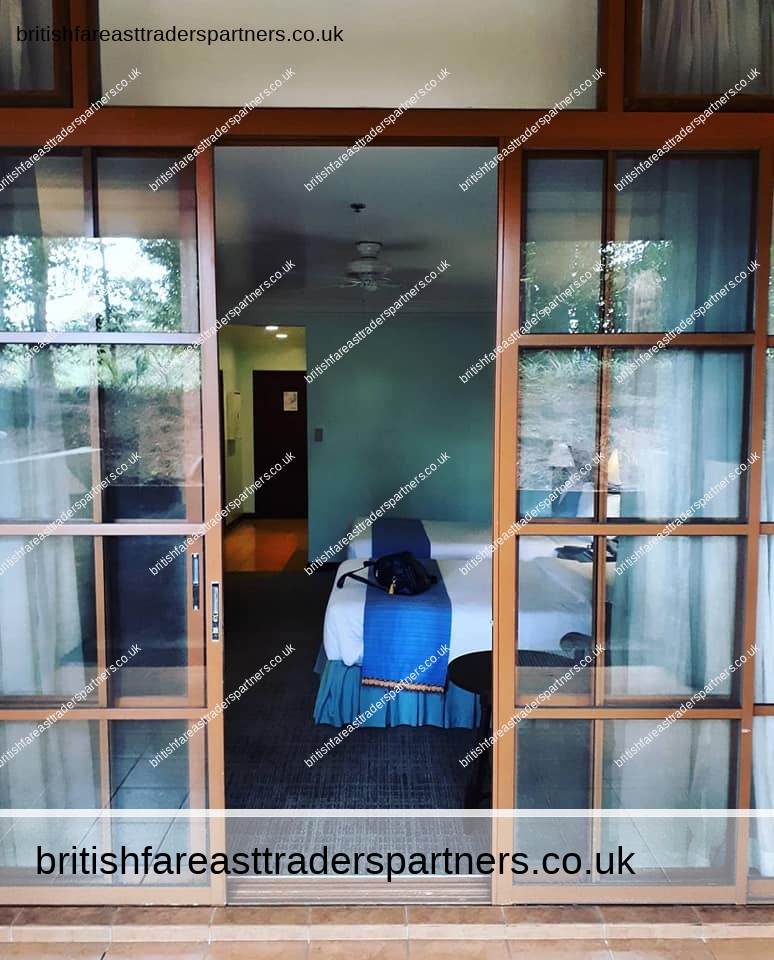


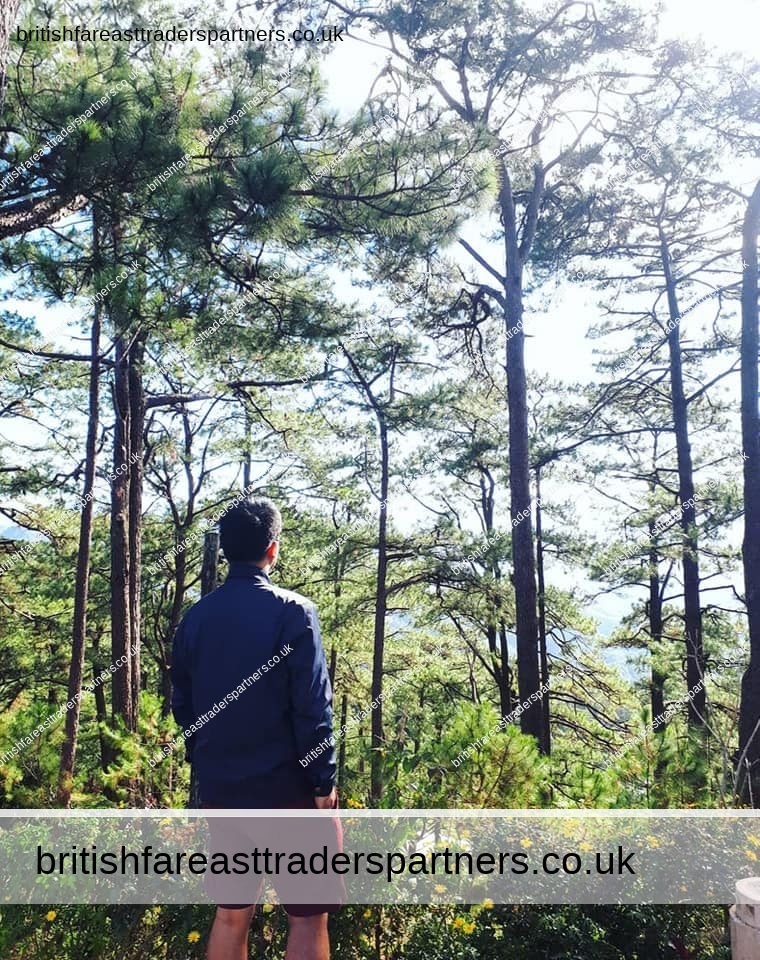




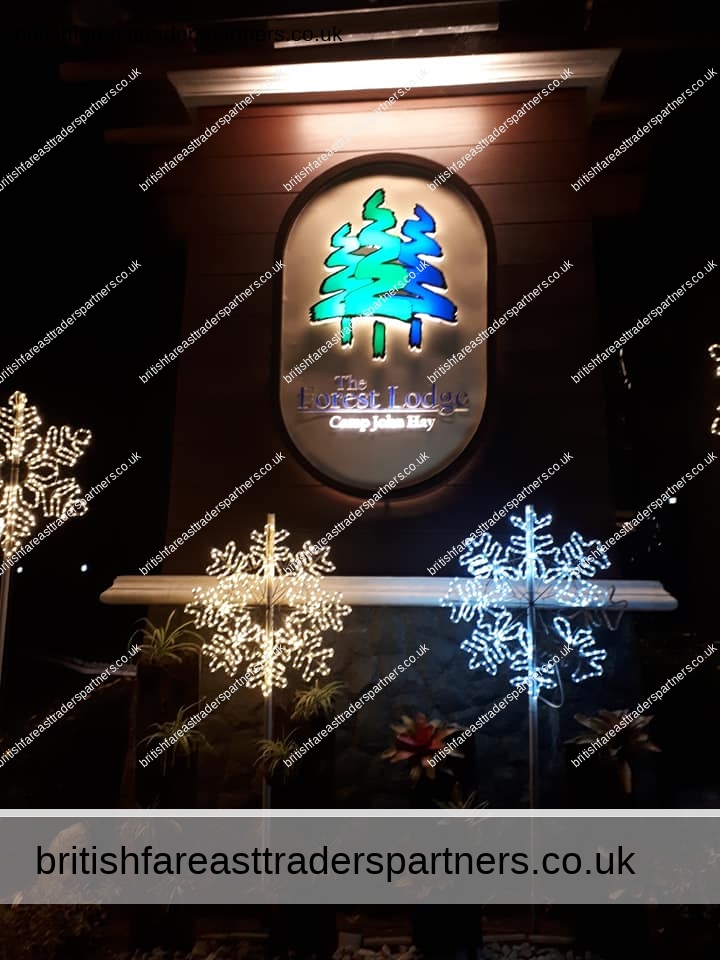

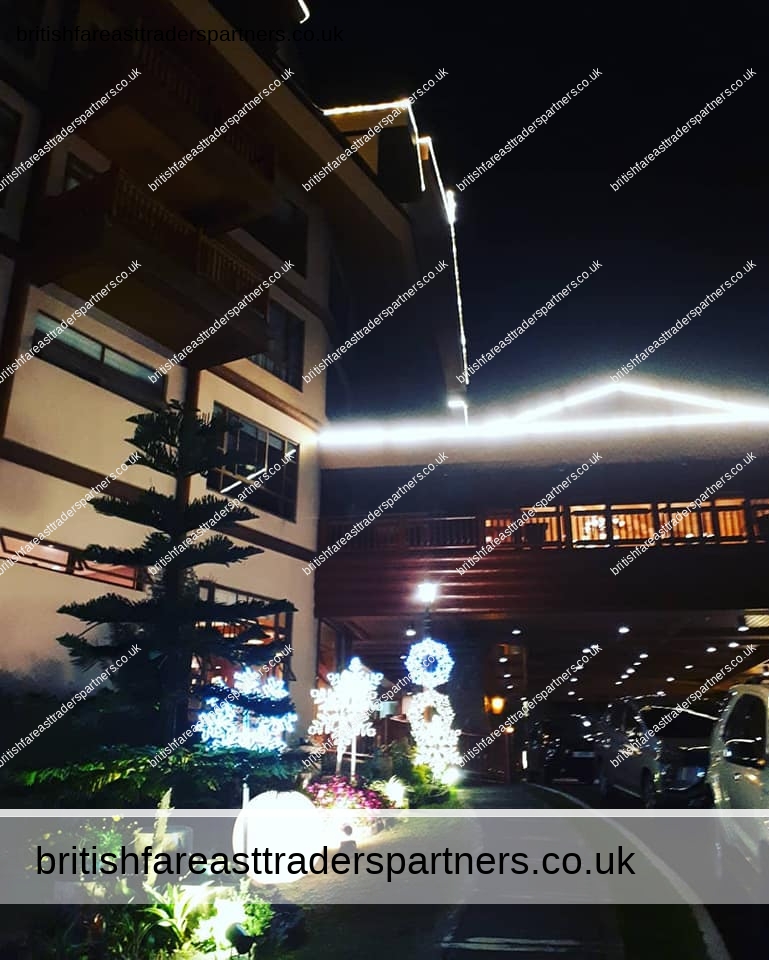

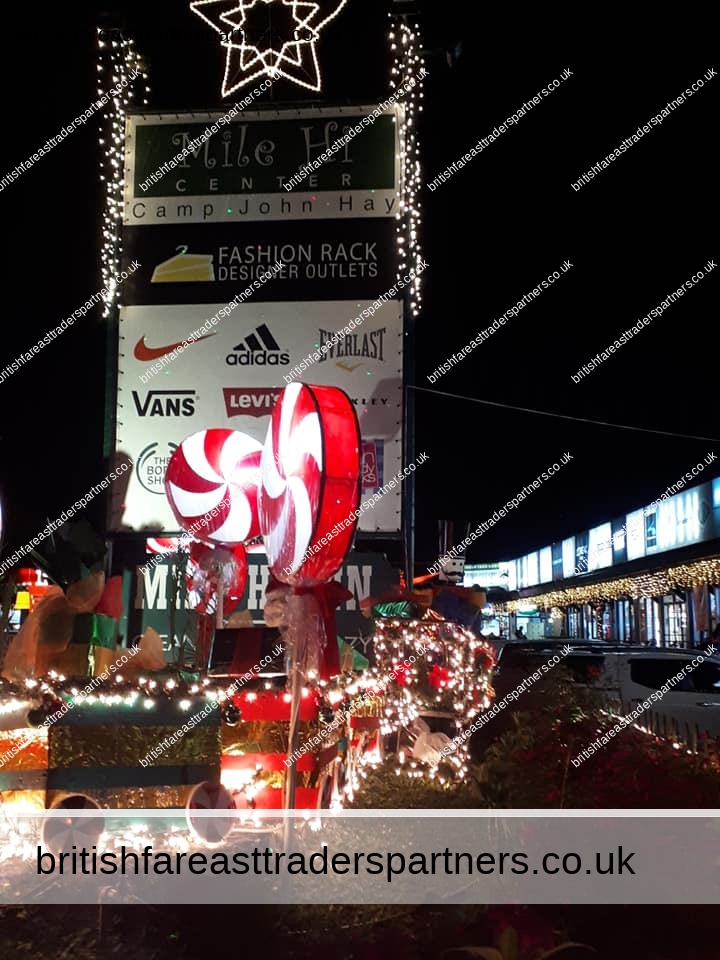


Text is available under the Creative Commons Attribution-ShareAlike License
Thank You...
BRITISH & FAR EAST TRADERS LIFESTYLE & SHOPPING BLOG RELATED POSTS:
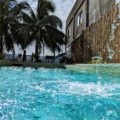 “Casa Herminia: A Serene Haven in the Heart of Baler’s Barangay Pantabangan, AURORA PROVINCE”
“Casa Herminia: A Serene Haven in the Heart of Baler’s Barangay Pantabangan, AURORA PROVINCE”
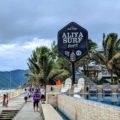 “Experience the Ultimate Beach Getaway: Your Guide to a Perfect Weekend in Baler’s Sabang Beach, Baywalk, and Aliya Surf Camp Resort!”
“Experience the Ultimate Beach Getaway: Your Guide to a Perfect Weekend in Baler’s Sabang Beach, Baywalk, and Aliya Surf Camp Resort!”
 DIAMOND BEACH RESIDENCES PALAWAN: CONDOTEL: YOUR REAL ESTATE & HOLIDAY PROPERTY INVESTMENT IN PUERTO PRINCESA PALAWAN BY CITIGLOBAL REALTY & DEVELOPMENT INC.
DIAMOND BEACH RESIDENCES PALAWAN: CONDOTEL: YOUR REAL ESTATE & HOLIDAY PROPERTY INVESTMENT IN PUERTO PRINCESA PALAWAN BY CITIGLOBAL REALTY & DEVELOPMENT INC.
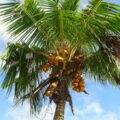 UNWIND WITH SOME TROPICAL INSPIRATIONS
UNWIND WITH SOME TROPICAL INSPIRATIONS
 “Exploring the Real Estate and Investment Opportunities of Camella Homes Cagayan in Tuguegarao City, Northern Luzon, Philippines”
“Exploring the Real Estate and Investment Opportunities of Camella Homes Cagayan in Tuguegarao City, Northern Luzon, Philippines”
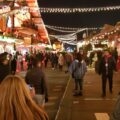 CHRISTMAS & WINTER WONDERLAND, HYDE PARK, LONDON | NIGHTLIFE | LIFESTYLE | FESTIVE | CHRISTMAS
CHRISTMAS & WINTER WONDERLAND, HYDE PARK, LONDON | NIGHTLIFE | LIFESTYLE | FESTIVE | CHRISTMAS
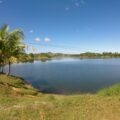 Discovering Talugtug’s Three Dams: Nature & Charm in Nueva Ecija
Discovering Talugtug’s Three Dams: Nature & Charm in Nueva Ecija
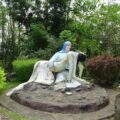 Melt Your Stress Away and Find Peace at the Dariok Hills in Balintocatoc, SANTIAGO CITY
Melt Your Stress Away and Find Peace at the Dariok Hills in Balintocatoc, SANTIAGO CITY
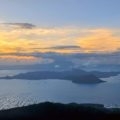 “Relax and Recharge: Unwinding in Tagaytay City, Philippines, After the Holidays”
“Relax and Recharge: Unwinding in Tagaytay City, Philippines, After the Holidays”
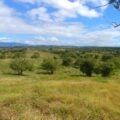 Escape to Tibag,Talugtug: Nueva Ecija’s Hidden Pastoral Paradise
Escape to Tibag,Talugtug: Nueva Ecija’s Hidden Pastoral Paradise
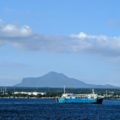 Unveil the Splendour: A Serene RoRo Ferry Voyage from Puerto Galera to Batangas
Unveil the Splendour: A Serene RoRo Ferry Voyage from Puerto Galera to Batangas
 VINTAGE / ANTIQUE A MERRY CHRISTMAS AND A HAPPY NEW YEAR WILDT & KRAY LONDON PRINTED IN BAVARIA COLLECTABLES GREETING CARDS
VINTAGE / ANTIQUE A MERRY CHRISTMAS AND A HAPPY NEW YEAR WILDT & KRAY LONDON PRINTED IN BAVARIA COLLECTABLES GREETING CARDS
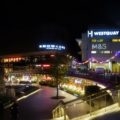 HOW TO HAVE A GREAT “CHRISTMAS BREAK” IN SOUTHAMPTON CITY, HAMPSHIRE, UNITED KINGDOM: SHOP & DINE IN WEST QUAY SHOPPING CENTRE, HARBOUR PARADE, SOUTHAMPTON | NIGHTLIFE | CHRISTMAS MARKET | HOLIDAYS | WINTER | FESTIVE | LIFESTYLE | SHOPPING | DINING
HOW TO HAVE A GREAT “CHRISTMAS BREAK” IN SOUTHAMPTON CITY, HAMPSHIRE, UNITED KINGDOM: SHOP & DINE IN WEST QUAY SHOPPING CENTRE, HARBOUR PARADE, SOUTHAMPTON | NIGHTLIFE | CHRISTMAS MARKET | HOLIDAYS | WINTER | FESTIVE | LIFESTYLE | SHOPPING | DINING
 WHERE TO INVEST IN VERTICAL REAL ESTATE NORTH OF METRO MANILA, PHILIPPINES: THE FORTRESS IN ANGELES CITY, PAMPANGA ,PHILIPPINES INSPIRED BY THE LEGENDARY CASTLES OF OLD WORLD EUROPE CULTURE | HERITAGE | EUROPEAN LIVING | REAL ESTATE | INVESTMENTS | LIFESTYLE | ASIA
WHERE TO INVEST IN VERTICAL REAL ESTATE NORTH OF METRO MANILA, PHILIPPINES: THE FORTRESS IN ANGELES CITY, PAMPANGA ,PHILIPPINES INSPIRED BY THE LEGENDARY CASTLES OF OLD WORLD EUROPE CULTURE | HERITAGE | EUROPEAN LIVING | REAL ESTATE | INVESTMENTS | LIFESTYLE | ASIA
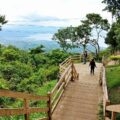 Relaxing in Tagaytay: Taal Views, Cool Breezes & Coffee Delights
Relaxing in Tagaytay: Taal Views, Cool Breezes & Coffee Delights
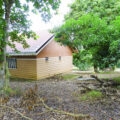 “Unlock the Potential of Quirino Province in the Philippines: 7 Hectare Farm For Sale with Poultry Breeding Facility and More”
“Unlock the Potential of Quirino Province in the Philippines: 7 Hectare Farm For Sale with Poultry Breeding Facility and More”
 “Escape the City and Invest in Serenity with Tagaytay Clifton Resort Suites: Your Ultimate Condotel Investment and Vacation Home”
“Escape the City and Invest in Serenity with Tagaytay Clifton Resort Suites: Your Ultimate Condotel Investment and Vacation Home”
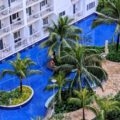 Discovering Staycation Bliss at SMDC Shore Residences, Pasay, Metro Manila
Discovering Staycation Bliss at SMDC Shore Residences, Pasay, Metro Manila
 MUELLE PUERTO GALERA PIER TOUR & BALATEROS COVE BOAT RIDE | PUERTO GALERA, ORIENTAL MINDORO, PHILIPPINES
MUELLE PUERTO GALERA PIER TOUR & BALATEROS COVE BOAT RIDE | PUERTO GALERA, ORIENTAL MINDORO, PHILIPPINES
 DRIVING ALONG THE AWE-INSPIRING MOUNTAIN ROADS OF NUEVA VIZCAYA, PHILIPPINES
DRIVING ALONG THE AWE-INSPIRING MOUNTAIN ROADS OF NUEVA VIZCAYA, PHILIPPINES
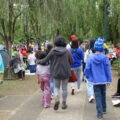 HOW TO MAKE THE MOST OF YOUR CHRISTMAS BREAK IN BAGUIO CITY, PHILIPPINES
HOW TO MAKE THE MOST OF YOUR CHRISTMAS BREAK IN BAGUIO CITY, PHILIPPINES
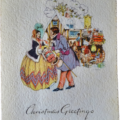 VINTAGE / ANTIQUE CHRISTMAS GREETINGS CARD “CHRISTMAS GREETINGS” E.H DAVIES ARTWORK YOUNG LADY & A GENTLEMAN VILLAGE / TOWN / COUNTRY PRINTED IN GREAT BRITAIN BRITISH | COLLECTABLES | PAPER & EPHEMERA GREETINGS CARD | CHRISTMAS
VINTAGE / ANTIQUE CHRISTMAS GREETINGS CARD “CHRISTMAS GREETINGS” E.H DAVIES ARTWORK YOUNG LADY & A GENTLEMAN VILLAGE / TOWN / COUNTRY PRINTED IN GREAT BRITAIN BRITISH | COLLECTABLES | PAPER & EPHEMERA GREETINGS CARD | CHRISTMAS
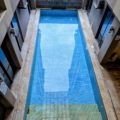 PACIFIC PARK HOTEL, 35 REGALADO AVENUE, WEST FAIRVIEW, QUEZON CITY, PHILIPPINES
PACIFIC PARK HOTEL, 35 REGALADO AVENUE, WEST FAIRVIEW, QUEZON CITY, PHILIPPINES
 SOMETIMES ALL WE NEED IS A GREAT ESCAPE: ISLAND LIFE AT NEGROS OCCIDENTAL PHILLIPINES
SOMETIMES ALL WE NEED IS A GREAT ESCAPE: ISLAND LIFE AT NEGROS OCCIDENTAL PHILLIPINES
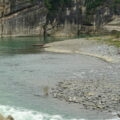 GOVERNOR’S RAPIDS MADDELA, QUIRINO PROVINCE
GOVERNOR’S RAPIDS MADDELA, QUIRINO PROVINCE
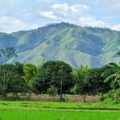 FARM & COUNTRY AFTER THE RAINS: SANTIAGO CITY, ISABELA, PHILIPPINES
FARM & COUNTRY AFTER THE RAINS: SANTIAGO CITY, ISABELA, PHILIPPINES
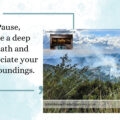 Discovering Malico’s Hidden Wonders: A Soulful Adventure in San Nicolas, Pangasinan
Discovering Malico’s Hidden Wonders: A Soulful Adventure in San Nicolas, Pangasinan
 UP TOWN CENTER BY AYALA MALLS, KATIPUNAN AVENUE, QUEZON CITY
UP TOWN CENTER BY AYALA MALLS, KATIPUNAN AVENUE, QUEZON CITY
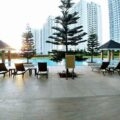 Serenity Escape: Relaxing Stay at SMDC Wind Residences, Tagaytay
Serenity Escape: Relaxing Stay at SMDC Wind Residences, Tagaytay
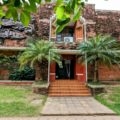 Discovering Museo de Baler: Aurora’s Historic Gem
Discovering Museo de Baler: Aurora’s Historic Gem

